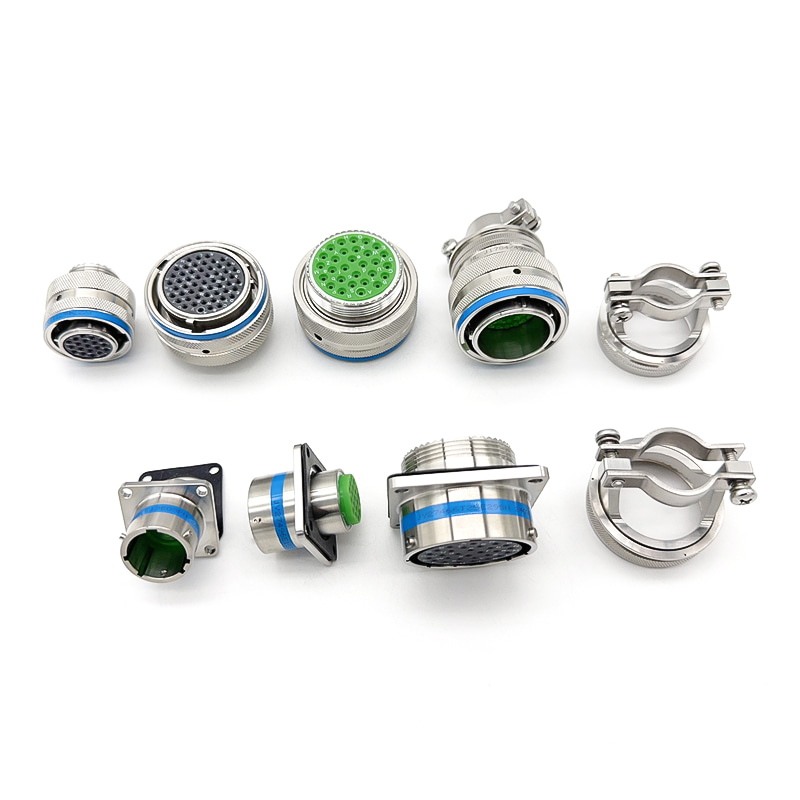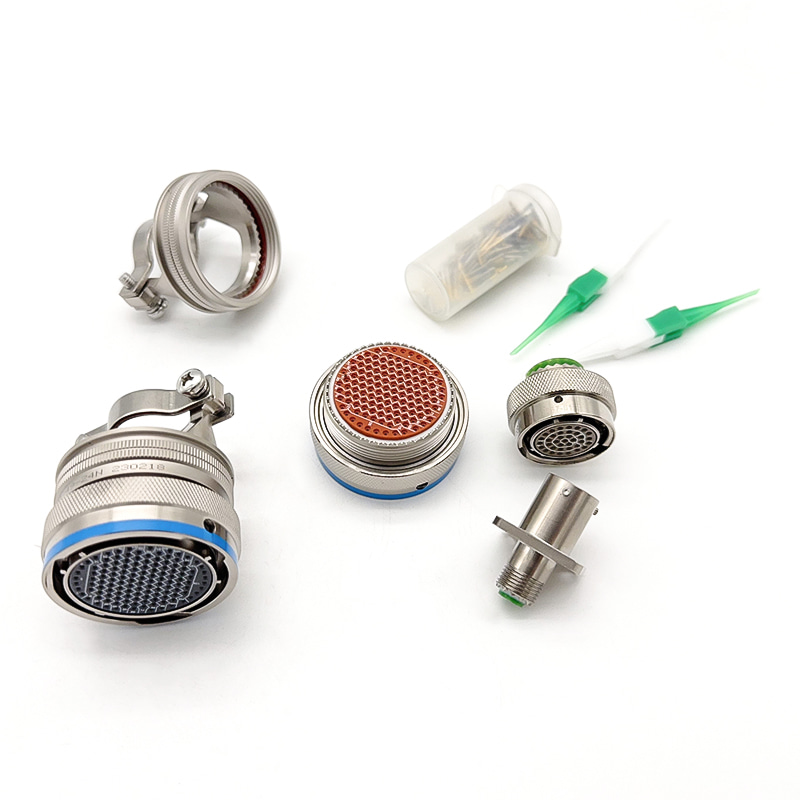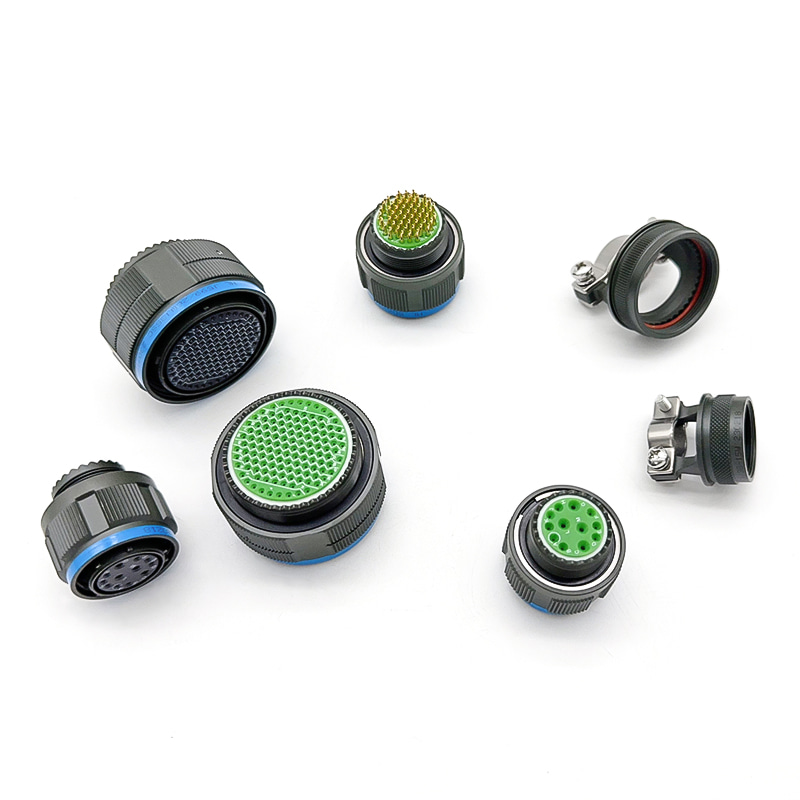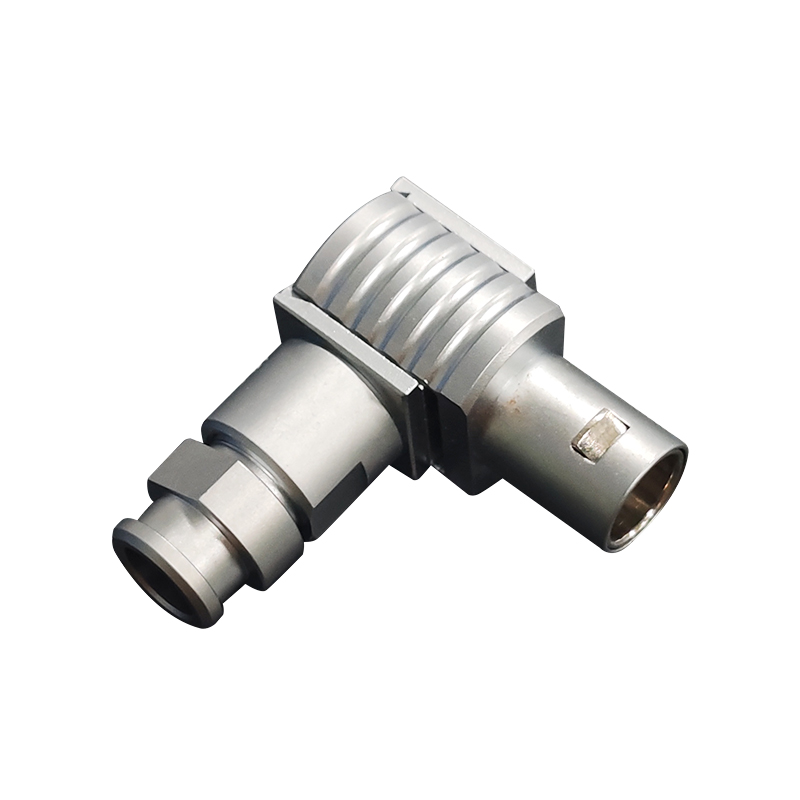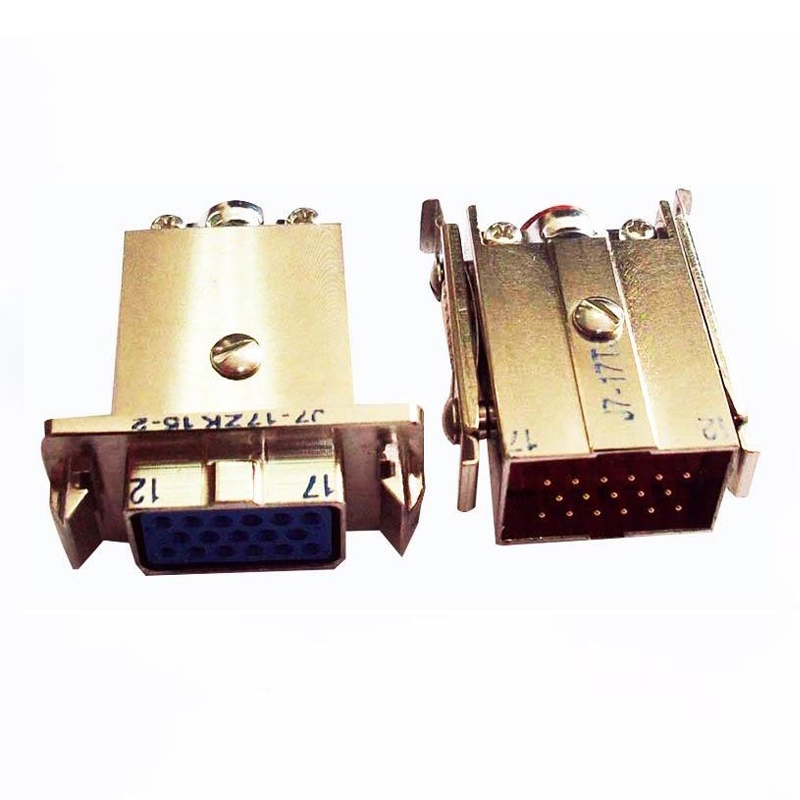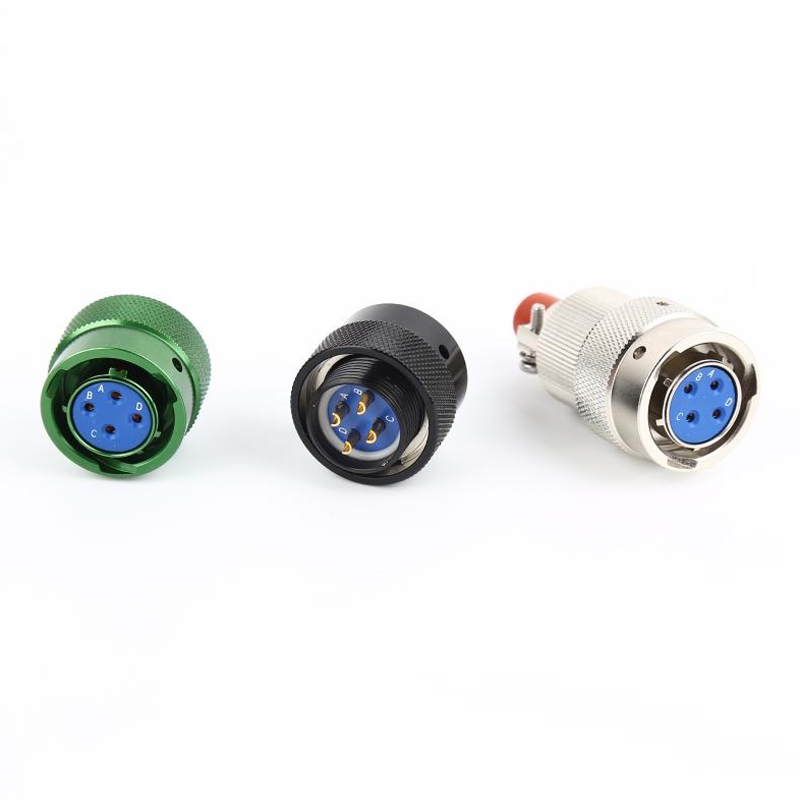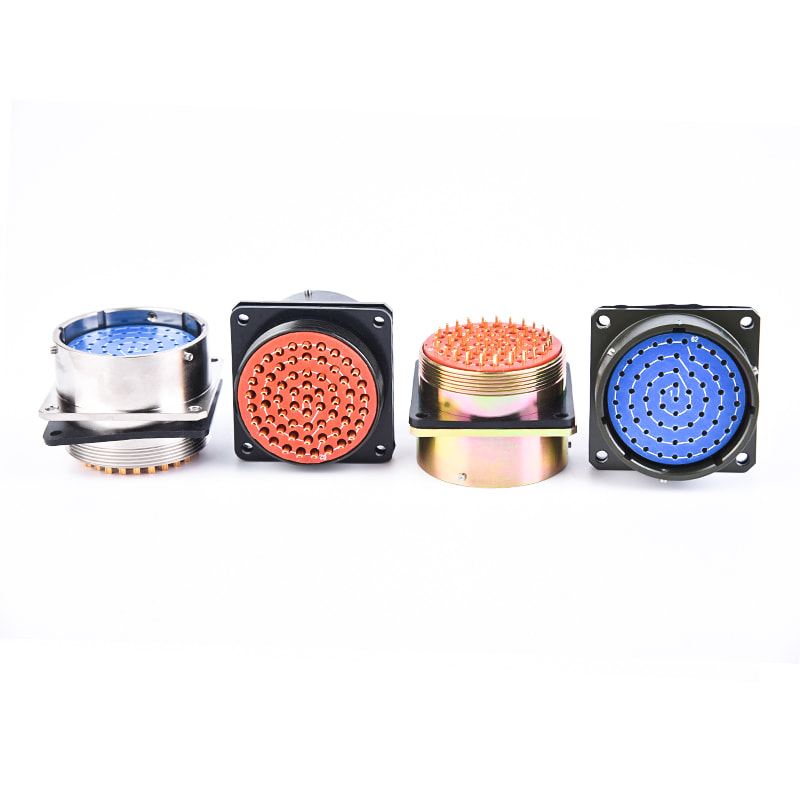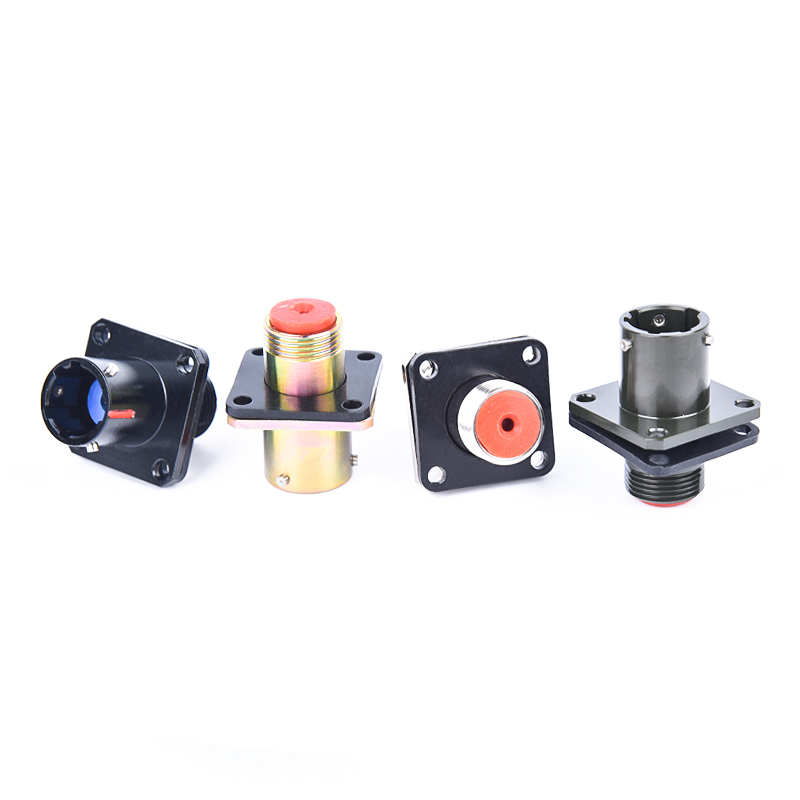- Home
- Products
- Solutions
- Quality
- Company
- Insight
- Contact
Web Menu
- Home
- Products
- Solutions
- Quality
- Company
- Insight
- Contact
Product Search
Exit Menu
Push Pull Self-Locking Connector: The Ultimate Guide to Secure Connections
-
All News
Product
- - Military Electrical Connectors
- - Circular Electrical Connector
- - Rectangular Electrical Connector
- - Push Pull Self-Locking Connector
- - Russian Connectors
- - Cable Connectors
- - RJ45 and USB Electrical Connectors
- - Fiber Optic Electrical Connectors
- - Anti Water And Electricity Connectors
- - Circular Power Connector
Push Pull Self-Locking Connector: The Ultimate Guide to Secure Connections
- 1 What Is a Push Pull Self-Locking Connector and How Does It Work?
- 2 Top 5 Advantages of Using Industrial Push Pull Connectors
- 3 Comparing Waterproof Push Pull Connectors to Traditional Connector Types
- 4 Key Applications for Medical Grade Push Pull Connectors
- 5 How to Select the Right High Voltage Push Pull Connector
- 6 Maintenance Tips for Durable Push Pull Cable Connectors
What Is a Push Pull Self-Locking Connector and How Does It Work?
A Push Pull Self-Locking Connector is a specialized electrical or optical connector designed for secure and quick mating/unmating through a push-pull mechanism. These connectors feature a unique locking system that automatically engages when pushed together and requires a deliberate pulling action to disconnect, preventing accidental disconnections in critical applications.
Key Components of Push-Pull Self-Locking Connectors
- Outer coupling mechanism - Provides the push-pull action and locking security
- Contact pins or sockets - The electrical connection points
- Insulator body - Maintains proper spacing and insulation
- Strain relief - Protects the cable-entry point
- Locking grooves - The self-locking feature components
Working Principle Explained
The magic of high performance push pull connectors lies in their mechanical design. When two connector halves are pushed together, the internal locking mechanism (typically spring-loaded latches or bayonet-style grooves) automatically engages with an audible click or tactile feedback. To disconnect, users must pull back on the outer sleeve while maintaining slight tension, which releases the locking mechanism.
Top 5 Advantages of Using Industrial Push Pull Connectors
Industrial push pull connectors have become essential in many fields due to their unique benefits:
1. Secure Connection in Vibrating Environments
Unlike traditional threaded connectors that may loosen over time, the self-locking mechanism maintains constant contact pressure even in high-vibration industrial settings. This makes them ideal for:
- Manufacturing equipment
- Transportation systems
- Heavy machinery
2. Quick Connect/Disconnect Operation
The push-pull action enables much faster mating cycles compared to threaded alternatives. Field technicians can save significant time during installation or maintenance procedures.
3. Prevention of Accidental Disconnection
The deliberate action required for disconnection prevents costly downtime from unintentional cable separation in critical systems.
4. Durability and Long Service Life
Constructed from robust materials like stainless steel or high-grade thermoplastics, these connectors withstand harsh industrial environments better than standard connectors.
5. IP-Rated Protection Options
Many models offer excellent ingress protection (IP67, IP68) making them suitable for outdoor or washdown applications where dust and moisture resistance are required.
Comparing Waterproof Push Pull Connectors to Traditional Connector Types
When evaluating waterproof push pull connectors against conventional connector designs, several key differences emerge:
Connection Mechanism Comparison
| Feature | Push-Pull Self-Locking | Threaded Connectors | Bayonet Connectors |
|---|---|---|---|
| Connection Speed | Very Fast (1-2 seconds) | Slow (5-15 seconds) | Moderate (3-5 seconds) |
| Vibration Resistance | Excellent | Good (if properly tightened) | Good |
| Waterproof Capability | Excellent (IP67/IP68 common) | Variable | Generally good |
| Ease of Use with Gloves | Excellent | Poor | Moderate |
Environmental Performance
Waterproof push pull connectors typically outperform traditional designs in harsh conditions. Their sealing technology combines multiple barriers:
- Primary seal at the contact interface
- Secondary seal at the mating surface
- Tertiary seal at the cable entry point
Key Applications for Medical Grade Push Pull Connectors
The medical field has particularly benefited from specialized medical grade push pull connectors designed to meet stringent healthcare requirements.
Critical Medical Equipment Uses
- Patient monitoring systems
- Diagnostic imaging equipment
- Surgical tools and robotics
- Portable medical devices
Special Requirements for Medical Applications
Medical connectors must adhere to additional standards beyond typical industrial requirements:
Material Compatibility
Must withstand repeated sterilization cycles using various methods (autoclave, chemical, radiation) without degradation.
Cleanability
Designs must prevent fluid ingress and allow complete cleaning of all surfaces to maintain hygienic conditions.
Reliability Standards
Medical connectors often require higher reliability ratings and more rigorous testing than commercial-grade components.
How to Select the Right High Voltage Push Pull Connector
Choosing appropriate high voltage push pull connectors requires careful consideration of several technical parameters.
Voltage and Current Ratings
High voltage applications demand connectors specifically designed with:
- Proper contact spacing
- Specialized insulating materials
- Adequate creepage and clearance distances
Safety Features to Consider
For high voltage applications, look for these critical safety elements:
Protected Contact Design
The connector should prevent accidental contact with live parts during mating/unmating sequences.
Discharge Path
Some designs incorporate features to safely discharge stored energy before complete disconnection occurs.
Visual Indicators
Color-coding or status windows help technicians verify proper connection status at a glance.
Maintenance Tips for Durable Push Pull Cable Connectors
Proper care extends the service life of durable push pull cable connectors significantly.
Routine Inspection Procedures
Implement a regular inspection schedule checking for:
- Visible damage to housing or contacts
- Corrosion or contamination
- Proper locking mechanism function
- Cable strain relief integrity
Cleaning Best Practices
Proper cleaning maintains performance and prevents failures:
For Standard Industrial Environments
Use compressed air to remove debris followed by isopropyl alcohol on contacts if needed.
For Harsh or Marine Environments
Freshwater rinse followed by complete drying before reconnection helps prevent salt corrosion.
When to Replace Connectors
Watch for these signs indicating replacement is needed:
- Intermittent connections
- Difficulty in mating/unmating
- Visible contact damage or excessive wear
- Compromised seals or waterproofing

- Address : Jiangping South Road, Zhangqiao Industrial Park, Taixing City, Jiangsu Province, China
- Phone : +86 176 0151 5794
- Whatsapp : +86 176 0151 5794
- Email :[email protected]
- Email :[email protected]
- Home
- Products
- Solutions
- Quality
- Company
- Insight
- Contact
Copyright © Taizhou Henglian Electric Co., Ltd China Custom Electrical Connectors Manufacturers

 English
English русский
русский Español
Español 简体中文
简体中文